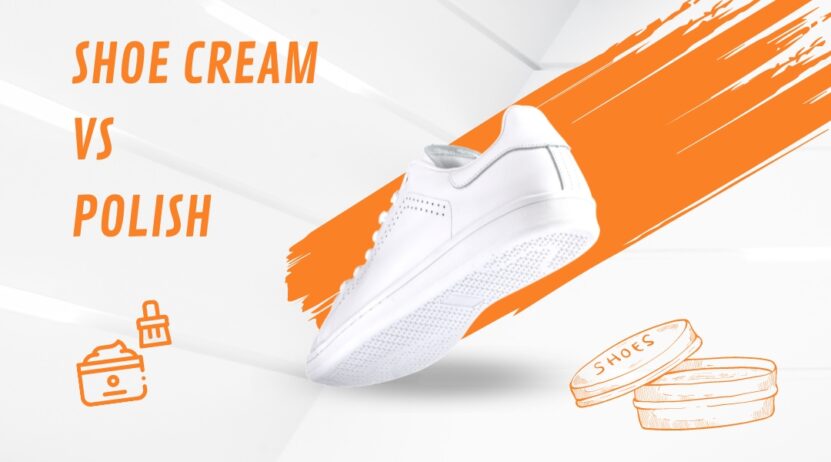When it comes to maintaining the appearance and longevity of our shoes, it’s essential to know the difference between shoe cream and polish. Both products are designed to care for your footwear and keep them looking their best, but they serve slightly different purposes.
This comprehensive, engaging article will explore the differences between shoe cream and polish and provide you with an easy 5-step process to achieve a perfect shine. By the end, you’ll be an expert in shoe care, ready to protect and enhance your footwear like a pro.
Step 1: Understand the Difference Between Shoe Cream and Polish
Before diving into the world of shoe care, it’s essential to understand the difference between shoe cream and polish:
- Shoe Cream: Shoe cream is a conditioner made from natural oils, waxes, and pigments. It’s designed to penetrate the leather’s surface and nourish it from within. Shoe cream restores color, covers minor scratches, and keeps the leather soft and supple, preventing it from drying out and cracking.
- Shoe Polish: Shoe polish is a wax-based product that provides a protective layer on the leather’s surface. It offers a higher shine than shoe cream and is available in both paste and liquid forms. Shoe polish is ideal for covering scuffs, enhancing the color, and providing a water-resistant barrier to protect the leather from the elements.
Now that we have a clear understanding of the differences between shoe cream and polish, let’s move on to the next step.
Step 2: Choose the Right Product for Your Shoes
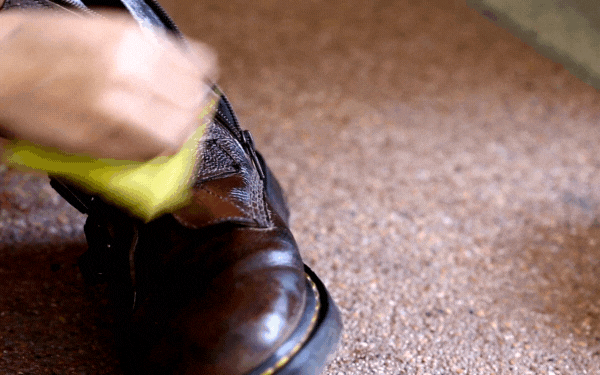
Selecting the right product depends on the type of shoe you have and the desired outcome. Here’s a quick guide to help you make the right choice:
- For shoes that need conditioning and color restoration, use shoe cream. It’s perfect for dry or worn leather shoes that need hydration and a color boost.
- For shoes that need a protective layer and high shine, use shoe polish. It’s best for formal shoes or those exposed to harsh weather conditions that need an extra layer of protection.
- For shoes made of suede, nubuck, or fabric, avoid using either shoe cream or polish. Instead, use specialized products designed for these materials.
Step 3: Gather Your Supplies
Now that you’ve chosen the right product, it’s time to gather your supplies. Here’s what you’ll need:
- Shoe cream or polish in the color that matches your shoes
- A soft horsehair brush for cleaning and buffing
- A clean, soft cloth or a polishing applicator (for applying the product)
- A toothbrush (optional for cleaning hard-to-reach areas)
- Newspaper or drop cloth (to protect your work area)
Step 4: Prepare Your Shoes
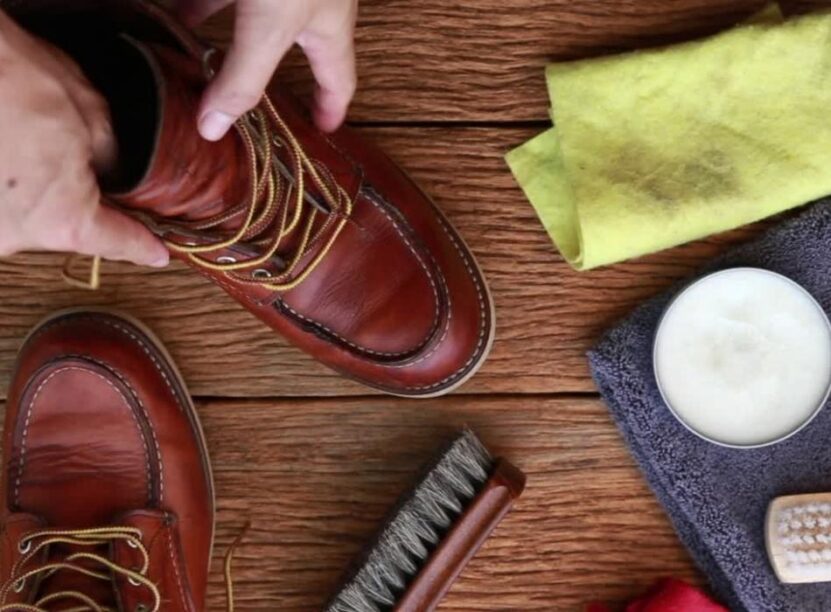
Before applying any product, it’s crucial to clean your shoes thoroughly to ensure the best results. Here’s how:
- Remove any dirt or dust from your shoes using the horsehair brush. Be gentle, as you don’t want to scratch the leather.
- For stubborn dirt or debris, dampen the toothbrush and gently scrub the affected areas. Be careful not to soak the leather, as this can cause damage.
- Allow your shoes to air-dry completely before proceeding to the next step. Never use heat or direct sunlight to dry your shoes, as this can cause the leather to crack.
Step 5: Apply the Shoe Cream or Polish
- Now that your shoes are clean and dry, it’s time to apply the shoe cream or polish. Here’s how to do it:
- If using shoe cream, apply a small amount to the cloth or polishing applicator. If using shoe polish, use the applicator to scoop a small amount of the product.
- Gently apply the shoe cream or polish to the leather using small, circular motions. Make sure to cover the entire surface evenly, paying special attention to any scuffs or scratches.
- Allow the product to dry for at least 10-15 minutes. If you’re using shoe cream, this will give it time to absorb into the leather. If you’re using shoe polish, this will allow the wax to harden and create a protective barrier.
- After the product has dried, use the horsehair brush to buff the leather to a high shine. Use quick, back-and-forth motions to create friction, which will help achieve a lustrous finish.
- For an even higher shine, you can apply a second coat of polish (not cream) and repeat the buffing process. This is particularly effective for formal shoes or those requiring a mirror-like finish.
How Often Should I Shine My Shoes?
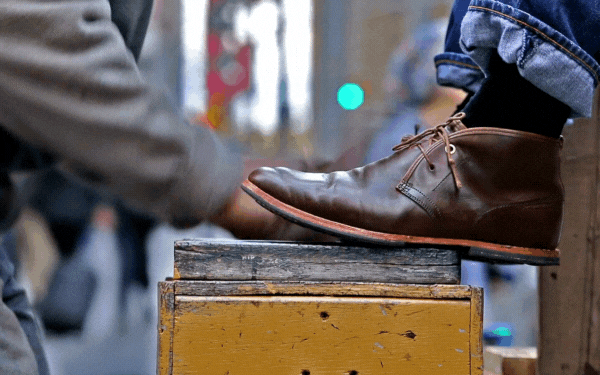
Finding the Right Frequency for Shoe Maintenance
Caring for your shoes is essential to maintaining their appearance and ensuring they have a long, functional life. One of the most frequently asked questions is, “How often should I shine my shoes?” The answer depends on several factors, including how often you wear them, the environment they’re exposed to, and the material they’re made from. In this article, we’ll dive into these factors and provide you with guidance on finding the right frequency for your shoe maintenance routine.
Understanding Shoe Usage and Environment
The frequency at which you should shine your shoes largely depends on how often you wear them and the environment in which they’re used. If you wear your shoes daily and subject them to the wear and tear of urban environments, then you’ll need to shine them more frequently. In such cases, it’s recommended to clean and shine your shoes every one to two weeks to keep them looking fresh and to provide protection against the elements.
On the other hand, if you only wear your shoes occasionally, such as for special events or when dressing up, you may only need to shine them once every few months. For shoes that are rarely worn, it’s still essential to care for them properly to prevent the leather from drying out or cracking. In these cases, applying a leather conditioner or shoe cream every few months will help keep the leather supple and well-maintained.
Considering the Material of Your Shoes
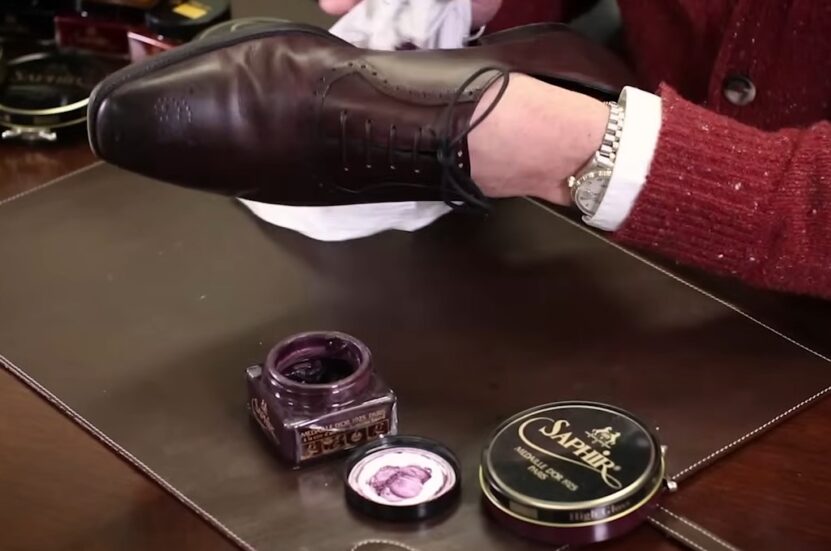
The material of your shoes plays a significant role in determining how often they should be shined. Leather shoes, for example, require regular care to maintain their appearance and to prevent the leather from becoming dry and cracked. As mentioned earlier, for everyday leather shoes, it’s a good idea to shine them every one to two weeks, while less frequently worn shoes may only require attention every few months.
Shoes made from suede, nubuck, or fabric materials require a different approach. These materials should not be shined with traditional shoe polish or cream. Instead, use specialized products designed for the specific material and follow the manufacturer’s recommendations for how often to clean and care for your shoes.
Establishing a Regular Shoe Care Routine
Ultimately, the key to keeping your shoes in excellent condition is to establish a regular shoe care routine. By routinely inspecting your shoes and addressing any issues, such as scuffs or scratches, you can ensure that they always look their best. In addition, taking the time to clean and condition the leather, apply protective polish, or use specialized products for non-leather materials will prolong the life of your shoes and help you get the most out of your investment.
Final Words
By following these easy 5 steps, you’ll be able to expertly care for your shoes and keep them looking their best. Understanding the difference between shoe cream and polish is essential for selecting the right product for your footwear.
Remember that shoe cream is best for conditioning and color restoration, while shoe polish provides a protective layer and high shine. With proper care, your shoes will maintain their appearance and last longer, making them a valuable investment in your wardrobe. So go ahead, give your shoes the love and attention they deserve, and step out in style with confidence.

